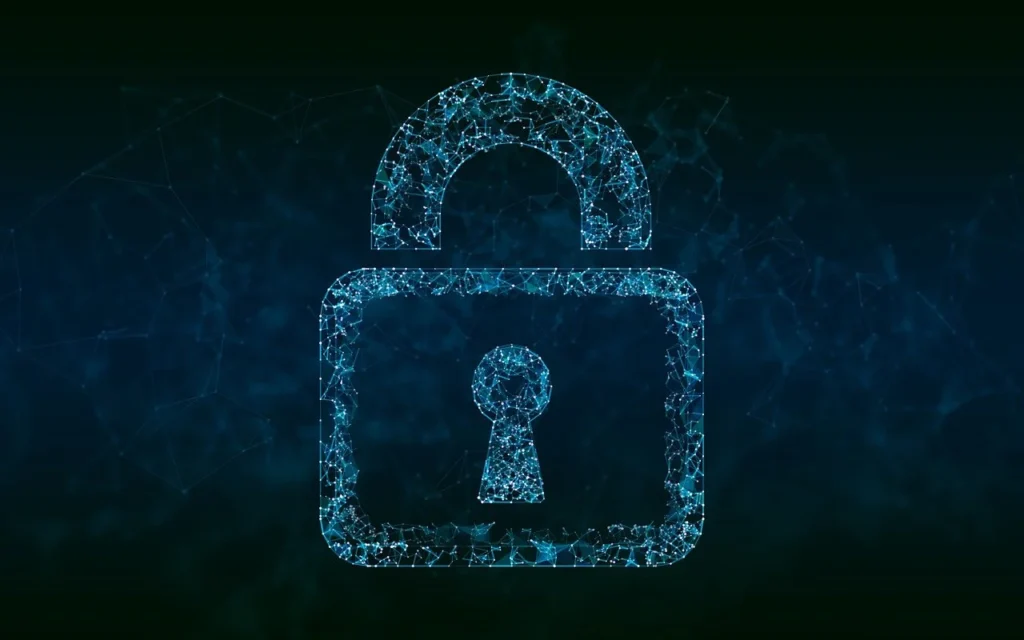
This November, the Cybersecurity and Infrastructure Security Agency (CISA) kicks off Critical Infrastructure Security and Resilience (CISR) Month, emphasizing the need for a resilient approach to securing essential national infrastructure. Under the ongoing theme “Resolve to be Resilient,” CISA CISR Month aims to raise awareness about protecting the critical infrastructure that forms the backbone of daily life in America.
Critical infrastructure spans a vast network of systems and assets that are crucial to the nation’s safety, economy, and quality of life. It includes services we depend on daily, from the power grid and water supply to transportation, healthcare, and financial systems. The security and resilience of this infrastructure are critical, as disruptions—whether from natural disasters, cyberattacks, or other incidents—can have far-reaching consequences.
“Building resilience into our planning is essential throughout the year,†stated Dr. David Mussington, CISA’s Executive Assistant Director for Infrastructure Security.
He emphasized that protecting critical infrastructure is not solely a government responsibility. Instead, it requires a “whole-of-community” approach, with engagement from all levels of government, infrastructure owners and operators, and the public. This shared responsibility aims to ensure that, when disruptions do occur, communities are better prepared to respond, recover, and minimize impacts.
CISR Month: Key Strategies for Critical Infrastructure
This month, CISA is focusing on practical strategies that infrastructure organizations can implement to strengthen security and resilience. These strategies provide a framework for organizations to anticipate, prepare for, and recover from disruptions with minimal downtime. Here are four core practices being highlighted:
- Know Your Infrastructure and Dependencies
Organizations need to identify their most essential systems and assets, along with any dependencies on other infrastructure that could impact their operations. By understanding these dependencies, organizations can better anticipate potential vulnerabilities and ensure continuity. - Assess Your Risks
A comprehensive risk assessment should consider the full range of threats, from natural hazards to cyber and physical attacks. Identifying these risks helps organizations understand where they may be vulnerable and what consequences disruptions might bring. - Make Actionable Plans
Planning is essential for resilience. Organizations should develop both a risk management plan to mitigate identified vulnerabilities and an incident response and recovery plan to restore operations quickly after a disruption. - Measure Progress to Continuously Improve
Resilience is a continuous journey. Organizations are encouraged to regularly test and refine their incident response plans under realistic conditions. By learning from exercises and past incidents, organizations can foster a culture of continuous improvement, strengthening their ability to adapt to changing risks.
These practices support an organization’s capacity to not only respond to disruptions but also recover in a way that builds back stronger. As highlighted by Dr. Mussington, “It’s about being proactive, not just reactive.” With resilience at the forefront, CISA encourages organizations to take steps today that will better prepare them for tomorrow.
Why Resilience Matters
CISA’s focus on resilience aligns with its mission to ensure that critical infrastructure remains reliable and secure, even amid unexpected disruptions. Strengthening resilience isn’t just about minimizing downtime; it’s also about protecting lives, jobs, and essential services that communities rely on. It reduces the economic impact of incidents, keeps people connected, and fosters innovative approaches to reducing risks.
CISA’s Executive Assistant Director, Dr. Mussington, calls on organizations and communities alike to see resilience as a long-term commitment. “Resilience means doing the work upfront to prepare for disruptions, anticipating that they will happen,†he said. By taking a proactive stance, critical infrastructure can better withstand and recover from incidents, maintaining vital services that are central to Americans’ daily lives.
CISA is inviting everyone to participate in CISR Month by exploring its Critical Infrastructure Security and Resilience webpage, which offers resources such as toolkits and social media graphics. The agency also encourages people to join the conversation on social media using the hashtag #BeResilient. This collective effort helps spread the message about the importance of resilience and provides practical steps for individuals and organizations to get involved.
Critical infrastructure resilience isn’t just a goal for the month of November—it’s an ongoing commitment. By working together, government agencies, private organizations, and individuals can strengthen the security of the systems that keep our nation running smoothly.
Source: Read More

